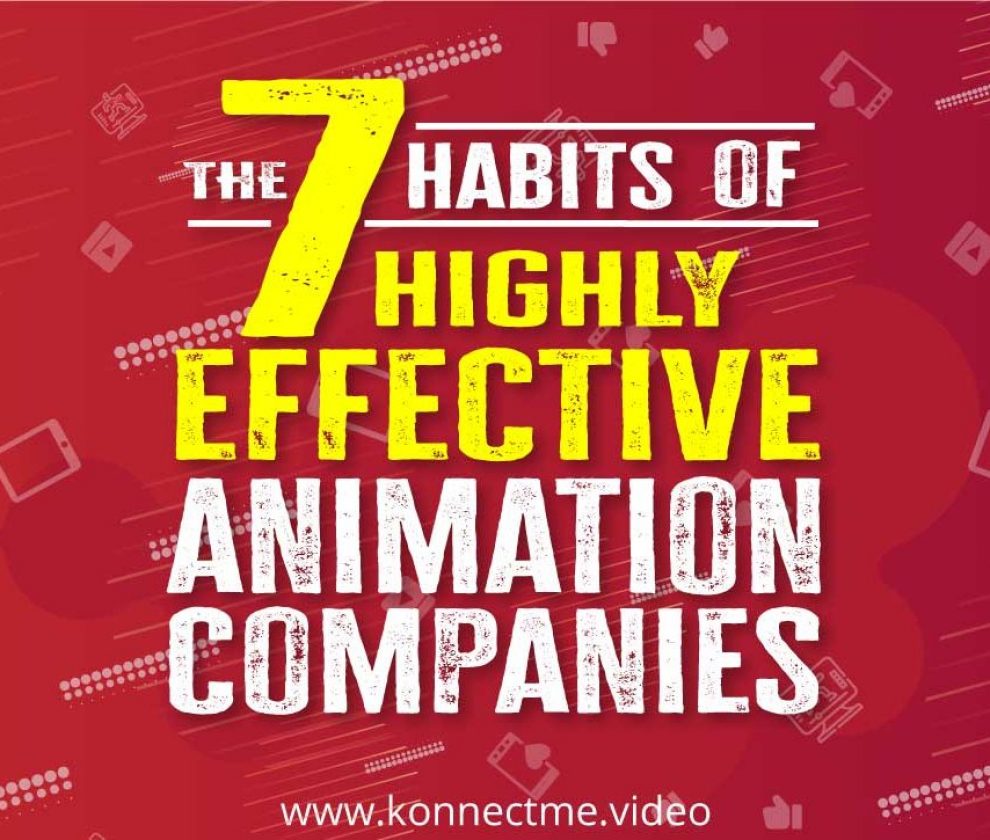Animation is a captivating art form that brings stories and characters to life through movement and visual storytelling. It is a skill that requires both technical proficiency and creative vision. Whether you are a seasoned animator or a beginner looking to dive into the world of animation, this blog aims to provide you with valuable tips and tricks to help you master animation techniques.
Understand the Principles of Animation
Before diving into the technical aspects of animation, it is essential to grasp the fundamental principles that form the backbone of the craft. These principles, established by Disney animators in the early days of animation, include squash and stretch, anticipation, staging, timing, and more. Familiarize yourself with these principles as they serve as a solid foundation for creating believable and engaging animations.
Study Real-Life References
Observing and studying real-life references is crucial for animators to understand how objects and characters move in the physical world. Take the time to observe and analyze the movements of people, animals, and objects. This will help you create animations that are grounded in reality and add a touch of authenticity to your work.
Master the Art of Posing
Creating appealing and dynamic poses is essential for bringing life and personality to your characters. Focus on the silhouette and aim for clear, readable poses that effectively convey the character’s emotions and intentions. Experiment with exaggerated poses to add visual interest and create a sense of energy in your animations.
Pay Attention to Timing and Spacing
Timing and spacing are crucial elements that determine the rhythm and flow of your animation. Understanding the concept of timing involves knowing when to speed up or slow down movements to create a sense of weight and impact. Spacing refers to the distribution of positions between keyframes, which affects the smoothness and naturalness of the animation. Practice and experimentation will help you develop a keen sense of timing and spacing.
Utilize the Power of Squash and Stretch
The principle of squash and stretch is a powerful tool in an animator’s arsenal. It adds a sense of flexibility and weight to characters and objects. By exaggerating the squashing and stretching of shapes, you can create a more visually dynamic and expressive animation. However, it’s essential to strike a balance and avoid going overboard, as it can lead to unnatural-looking movements.
Embrace the Importance of Secondary Motion
The secondary motion refers to the movements that occur as a result of the primary action. It adds depth and believability to animations by depicting the subtle interactions between different parts of a character or object. For example, when a character walks, the hair, clothing, or accessories should react in sync with the movement. Pay attention to these details, as they can greatly enhance the overall quality of your animations.
Leverage the Power of Storytelling
Animation is more than just movement; it is a powerful medium for storytelling. Great animators understand the importance of narrative and use their skills to effectively convey emotions, convey a message, or engage the audience. Think about the story behind your animation and how you can use movement, timing, and other techniques to enhance the storytelling aspect.
Stay Curious and Continuously Learn
The world of animation is constantly evolving, with new tools and techniques being developed. To stay ahead of the curve, it’s crucial to stay curious and continuously learn. Explore new software, experiment with different animation styles, and seek inspiration from other animators and artists. Attend workshops, join online communities, and engage with fellow animators to exchange knowledge and gain new perspectives.
Conclusion
Mastering animation techniques requires a combination of technical proficiency, artistic vision, and a deep understanding of movement. By understanding the principles of animation, studying real-life references, mastering posing, timing.



